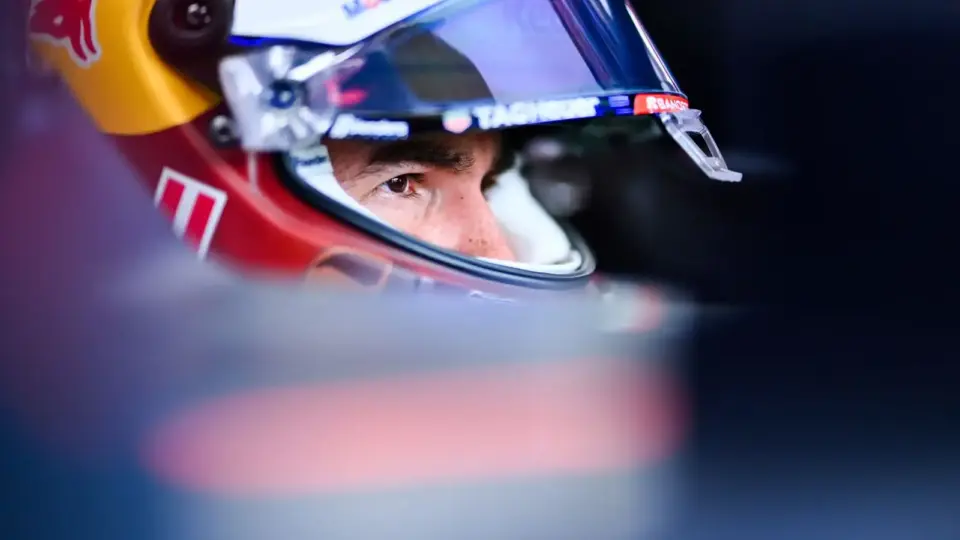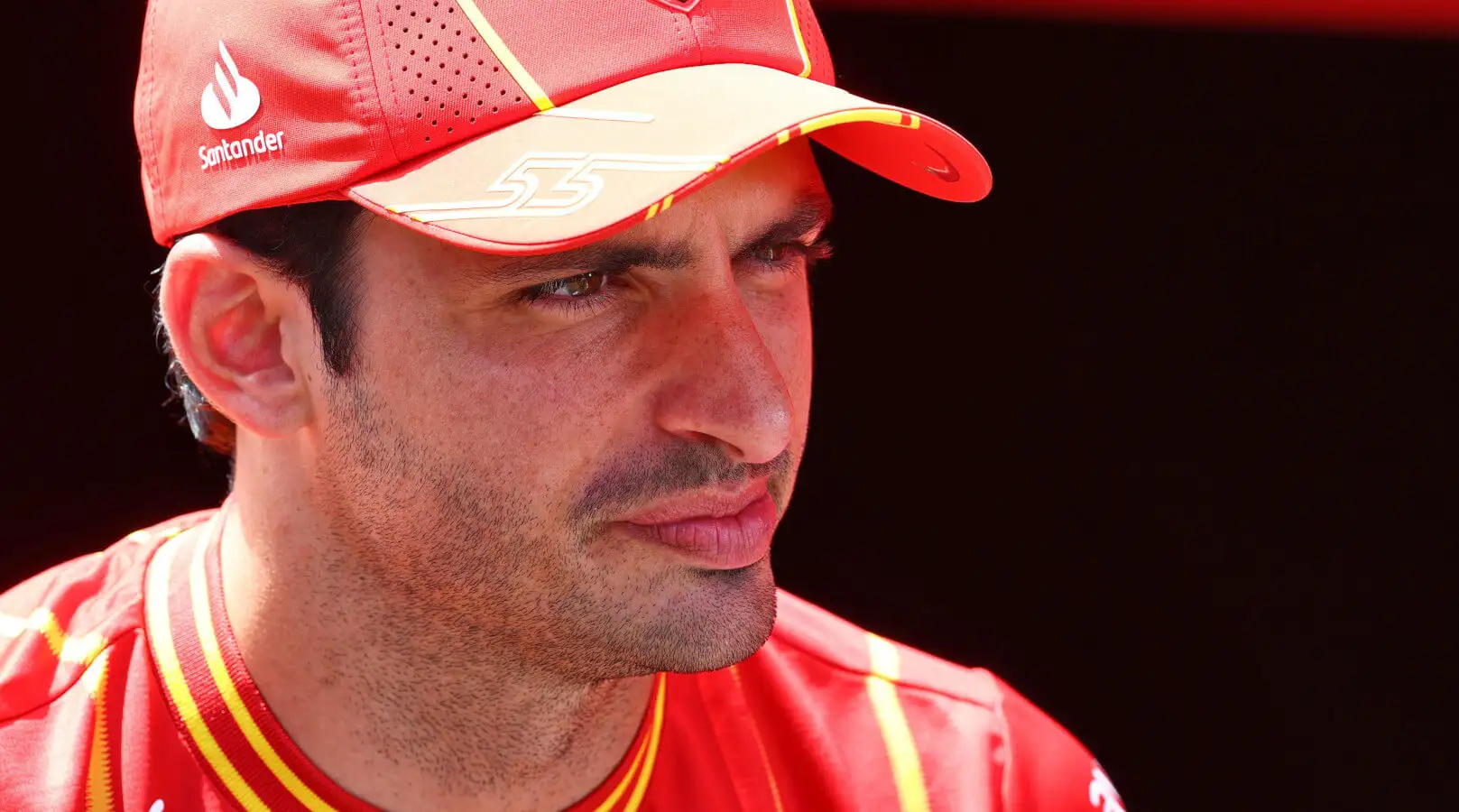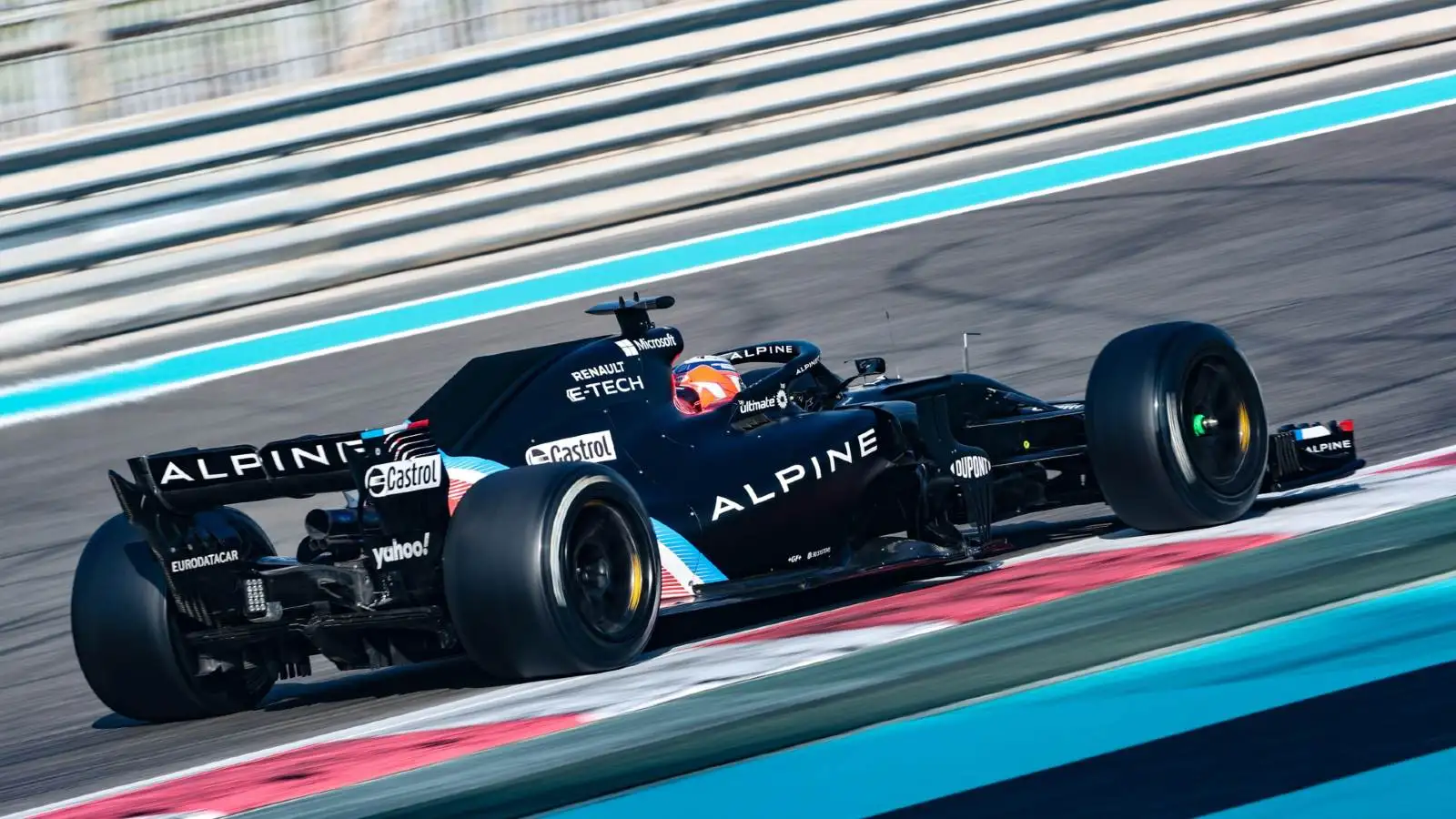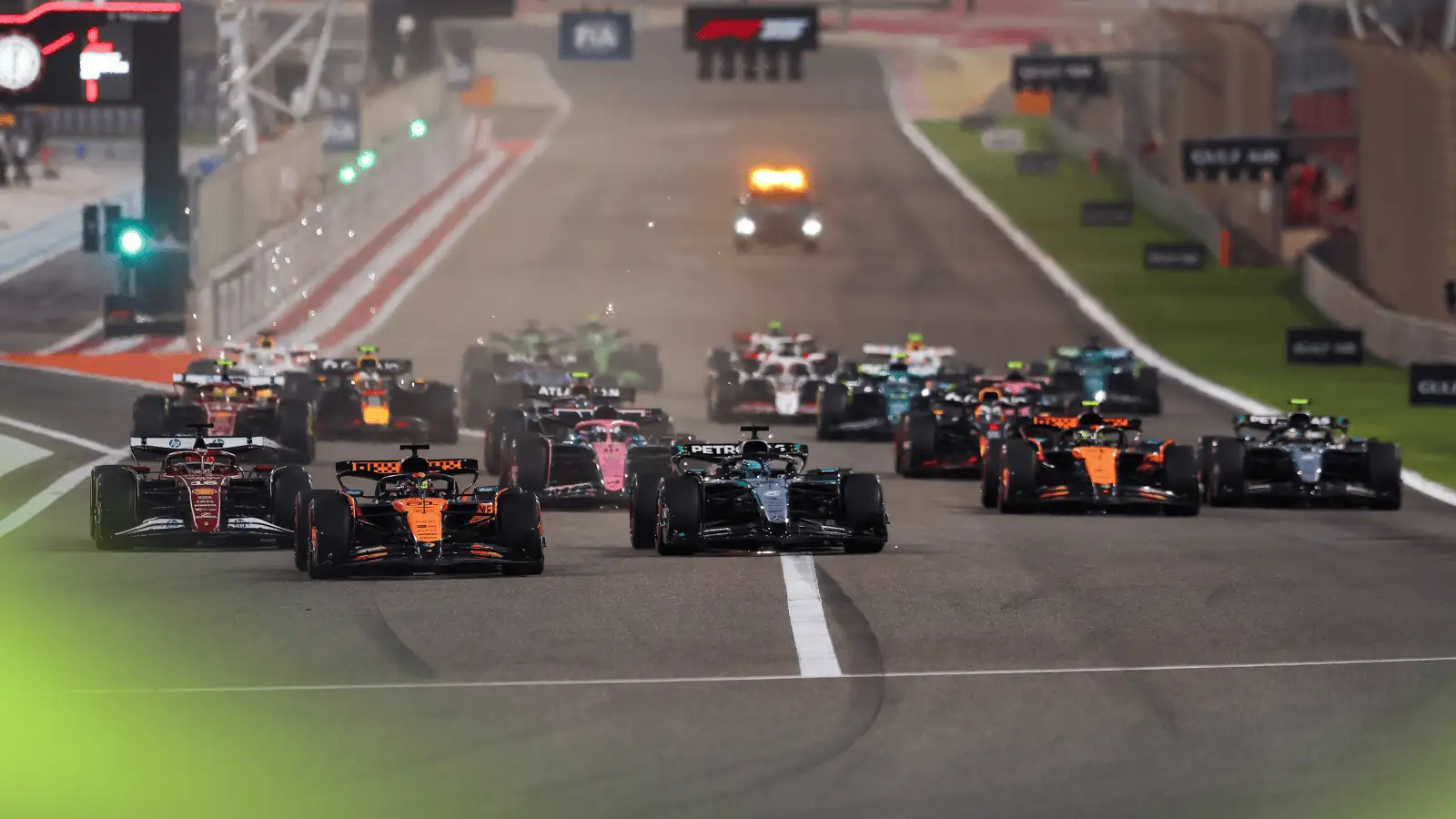Fernando Alonso isn’t holding back on his skepticism regarding Formula 1’s ambitious plan to make the 2026 cars 30kg lighter. As the focus shifts more towards electric energy, Alonso is casting doubt on the feasibility of this weight reduction target.
On Thursday, the FIA unveiled the new regulations for the 2026 Formula 1 cars, which emphasize a significant increase in electric energy use. To maintain the high speeds F1 is known for, engineers are tweaking the chassis and adding active aerodynamics, alongside making the cars smaller and slightly lighter.
The wheelbase of these new cars will be reduced from 3600mm to 3400mm, and their width will shrink from 2000mm to 1900mm. Additionally, downforce is set to decrease by 30% and drag by 55% to aid in maintaining competitive speeds and reducing the dirty air that hampers close-racing conditions.
Despite these measures, Alonso, a two-time world champion, voiced his doubts about achieving the 30kg weight reduction goal. ‘I think it is impossible probably to achieve 30 kilos already,’ he said. ‘If the power unit is 50% electric and you need the batteries to support that, cars will just increase 20 or 30 kilos because of the power unit. And then you want to reduce 30 [kg] – you need to drop 60 kilos of the current car, which is the same as at the moment, probably to the teams [it’s] an impossible target.’
Alonso acknowledged the ingenuity of F1 teams but remains unconvinced that such a drastic weight reduction can be achieved in just two years. ‘They have two years to achieve that target and as always in Formula 1, what is impossible in 2024 will become reality in 2026 because there are very clever people in the teams. But I think all is a consequence of something else that is in the cars,’ he added.
Alex Albon, a driver for Williams, shares some of Alonso’s concerns. He pointed out that while smaller cars could be beneficial, the speeds of these new 2026 models are reportedly ‘extremely slow’ in simulator tests. ‘Let’s see. I don’t want to speak out of turn, but it’s going to be very slow, extremely slow,’ Albon stated. He emphasized the necessity of further work to ensure the straight-line speeds do not drop significantly. ‘Seeing the speed traces around some of the tracks… it’s pretty slow,’ he noted.
Albon also commented on the overall complexity, saying, ‘Lighter cars… I don’t think that weight comes for free. It’s more just a commitment from the teams to try to get down to that weight. The size of the cars, I think is the right direction. Obviously, it seems to be that to recover what these new engine regulations are creating, everything becomes extremely complicated. I’d rather just have a bit more simple engines.’
While the FIA aims high with its 2026 regulations, the drivers remain cautious. Both Alonso and Albon have highlighted significant hurdles that need to be overcome, and with the clock ticking, only time will tell if these ambitious targets can be realized.
Source: Motorsport










